Was so dead tired from Jazz Fest (the true mark of a Fest well spent) that I fell asleep both times I tried to watch this week’s ‘sode--will try to catch up in future blogs on what promises to be a descent into the heart of darkness in the weeks to come.
In the meantime, as is typical of Simon’s work, as is typical of the city of his current obsession—there is always mo’ even when you think you got it down.
Apparently, I’m still not through with last week’s story--just as Jazz Fest ended as it always does, by not ending: in this case with a soirée on Monday night in one of the fine old Lower Garden mansions, stained glass windows, Uptown Victorian appointments, plush, polished and elegant filled with New Orleans’ most valuable treasures—its piano players – Josh Paxton, Tom McDermott, Dr. John , Sandy Hinderlie, George Winston, Albinas Prizgintas, Henry Butler, Larry Sieberth – May the Holy-Muse-of-New-Orleans-Piano please forgive me if I left anybody out—some wag opined that were a bomb to drop on the house that night, New Orleans music (or at, least, piano music) would have been wiped out.
The featured performer of the evening was Henry Butler, who sat down at a fine old period piano and after rolling through some incomparable Booker and Longhair, moved into an improvisation on a work by the 19th century French composer Gabriel Fauré.
It was one of those moments. This was the typical Jazz Fest cocktail claque – noisy, boisterous, high spirited and/or inebriated. Not the kind of audience you’d want for a recital of serious, reflective piano music. But the crowd was stunned silent by Henry’s artistry. And in that silence, the music swelled up, filling the spaces, redefining the room’s carefully wrought features. The music truly completed the room, in a way that all of us were transported back to what it must have felt like 100 years ago, when New Orleans was known as “the Queen City of the South,” to stand in that parlor being entertained by some great pianist of the day.
This is a rare phenomenon, but when it happens it is transformative. I can only think of Mahler’s “10th” being performed at Carnegie Hall as an example of architecture that is rendered momentarily 4th dimensional through the music that fills its space. It was Proust’s madeleine right there on Prytania Street 100 years after À la recherche du temps perdu. Only this time, it’s a dyed-in-the-cotton, mustachioed, beer-loving yat in Bermuda shorts muttering under his amazed breath, “This is why we live in New Orleans!”
Also in attendance--three or four more young, incredibly accomplished piano players, said to be mentees of Tom McDermott (as well as Henry Butler and George Winston) – among them one Robert Gray (it turns out he is 14 years old) whom I gushingly described in last week’s blog as, “this 9-year old black (actually a beautiful, glowing brown) kid sitting before a perky red-framed keyboard of some sort, riffing on Professor Longhair and giving the wanna-be [musician Sonny] this look of ‘see how easy it comes to me’ as he effortlessly rolls through some highly sophisticated rhythmic tropes from Henry Roland Byrd’s legacy.”
But here’s the coda: Turns out the cameo about which I was so rhapsodic didn’t quite happen that way at all. Turns out young Robert--who reprised his virtuosic performance of Longhair at the party--actually got the willies when they were shooting that scene and froze up. As it was said “On any given day, no matter how good you are….” So when Robert couldn’t play the notes, they simply shot him going through the motion behind the piano while Tom McDermott, his teacher, covered. That image of Robert Gray -- smiling at Sonny with such self-satisfaction as he struts his Longhair stuff—there was such truth and power in that image. I still think there is. Like when they killed the chicken in the WWOZ broadcast studio – it could have happened, but it didn’t.
Because of incredibly lucrative tax credits extended the film industry by the state of Louisiana, New Orleans has become one huge set for location shoots. And as we hang around people who work with cameras, including our friends at Treme, we are learning more and more what it means when they say, “We aim to make it real, but it’s just fiction. Don’t worry when what you know because you live here doesn’t correlate to what you see on the screen.”
Of course we do worry. That’s why we’re New Orleanians. But, slowly, we may be learning that the truth of the camera is not in the detail, but in its deeper images.



















